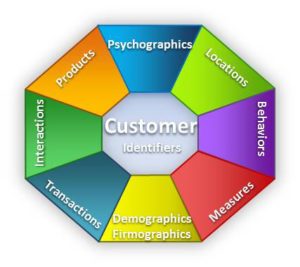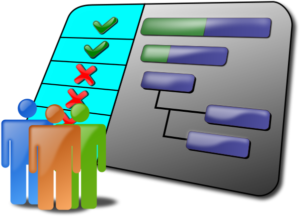Harness Customer Profitability Analysis to Boost Profits
David Haertzen
Customer Profitability Analysis (CPA) is an analytic approach that determines the profitability of individual customers or segments of customers by identifying revenue and cost patterns associated with those customers. This includes identifying the most profitable customers (angels) as well as unprofitable customers (devils).
Dr. Robert Kaplan of the Harvard Business School has conducted research that has contributed greatly to CPA. He wrote “.. The most profitable 20% of customers generate between 150 – 300% of total profits. The middle 70% of customers about break even, and the least profitable customers lose 50 – 200% of total profits, leaving the company with its 100% of total profits. Often some of the largest customers turnout to be the most unprofitable.”
Best Buy Case Study
Best Buy was able to build profiles of best and worst customers. Patterns of customer behavior were identified by an analysis of company databases. It’s research showed:
- 20% of customers are angels and result in bulk of profit
- 20% of customers are devils and reduce profits by 20%
- 60% of customers are breakeven
- Profitable and unprofitable customers show patterns of behavior.
Based on the research results Best Buy was able to make changes to improve its profitabilty. The company attracts the most profitable customers by promotions, stocking desired products and providing best service. In addition, the company avoids unprofitable customers by dropping them from promotion lists, stopping loss-leader promotions and charging fees for restocking.
How to Analyze Customer Profitability
Determining the profitability of individual customers is a challenge. Traditional accounting does not identify the profitability of individual customers, so Dr. Kaplan recommends the use of Time Drive Activity Based Costing (TDABC). This approach identifies the true Cost To Serve (CTS) individual customers by adding the service interactions with each customer such as: customer service telephone calls and product returns. This analysis should consider revenues, expenses, opportunites and risks:
| Revenues | Revenues generated may include:
|
| Expenses | Expenses incurred may include:
|
| Opportunites | Opportunities generated may include:
|
| Risks | Risks incurred may include:
|
Detailed, time-phased data that has been integrated at the individual customer level is required.
Time-phasing is needed to determine behavior sequence.
For example, a customer may return an item and then buy back the same item at a lower cost
when it has been restocked.
Profiles of Best and Worst Customers
After determining the profitability of individual customers, customer segmentation analysis can be used to determine behavior patterns of best and worst customers. The segementation may look like this:
| Best Customers | Worst Customers |
|
|
You may find that some of the largest volume customers are the least profitable due to the low prices that they negotiate and the costly service that they require.
References
Analyzing Customers, Best Buy Decides Not All Are Welcome : Wall Street Journal, 2004
Time-Driven Activity Based Costing : Dr. Robert Kaplan – Harvard Business School
Motivation-Need Theories and Consumer Behavior : W. Fred Van Raaij
The Analytical Puzzle – Profitable Data Warehousing, Business Intelligence and Analytics : David Haertzen



